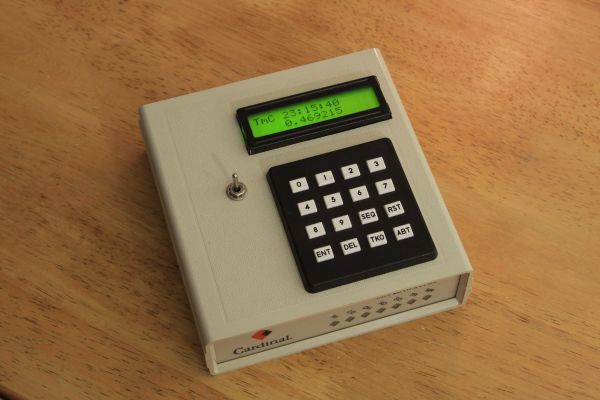

The prime meridian was first proposed by German astronomers Wilhelm Beer and Johann Heinrich Mädler in 1830 as marked by the fork in the albedo feature later named Sinus Meridiani by Italian astronomer Giovanni Schiaparelli. Mars has a prime meridian, defined as passing through the small crater Airy-0. Because its orbital eccentricity is greater than that of Earth, the length of day varies from the average by a greater amount than that of Earth, and hence its equation of time shows greater variation than that of Earth: on Mars, the Sun can run 50 minutes slower or 40 minutes faster than a Martian clock (on Earth, the corresponding figures are 14m 22s slower and 16m 23s faster). Because of orbital eccentricity, the length of the solar day is not quite constant. The equation of time is illustrated by an analemma. Īs on Earth, on Mars there is also an equation of time that represents the difference between sundial time and uniform (clock) time. Consensus has recently been gained in the scientific community studying Mars to similarly define Martian local hours as 1/24th of a Mars day. Its temperature rises and falls rapidly at sunrise and sunset because Mars does not have Earth's thick atmosphere and oceans that soften such fluctuations. Daylight is needed for the solar panels of landed spacecraft. Local solar time has a significant impact on planning the daily activities of Mars landers. Wristwatches calibrated in Martian time, rather than Earth time, were used by many of the MER team members. This results in the crew's schedule sliding approximately 40 minutes later in Earth time each day. The Mars time of noon is 12:00 which is in Earth time 12 hours and 20 minutes after midnight.įor the Mars Pathfinder, Mars Exploration Rover (MER), Phoenix, and Mars Science Laboratory missions, the operations teams have worked on "Mars time", with a work schedule synchronized to the local time at the landing site on Mars, rather than the Earth day. This has the advantage that no handling of times greater 23:59 is needed, so standard tools can be used. Numerically, the Mars Sol Date is defined as MSD = (Julian Date using International Atomic Time - 2451549.5 + k)/1.02749125 + 44796.0, where k is a small correction of approximately 1⁄ 4000 d (or 21.6 s) due to uncertainty in the exact geographical position of the prime meridian at Airy-0 crater.Ī convention used by spacecraft lander projects to date has been to enumerate local solar time using a 24-hour "Mars clock" on which the hours, minutes and seconds are 2.75% longer than their standard (Earth) durations. This Mars Sol Date (MSD) starts "prior to the 1877 perihelic opposition." Thus, the MSD is a running count of sols since 29 December 1873 (coincidentally the birth date of astronomer Carl Otto Lampland).

An analogous system for Mars has been proposed "or historical utility with respect to the Earth-based atmospheric, visual mapping, and polar-cap observations of Mars., a sequential count of sol-numbers". When accounting solar days on Earth, astronomers often use Julian dates-a simple sequential count of days-for timekeeping purposes. By inference, Mars' "solar hour" is 1⁄ 24 of a sol (1 hr 1 min 39 sec), and a "solar minute" 1⁄ 60 of a solar hour (61.65 sec) "solar second" 1⁄ 60 of a solar minute (1.0275 sec). The term was adopted during NASA's Viking project (1976) in order to avoid confusion with an Earth "day". The term " sol" is used by planetary scientists to refer to the duration of a solar day on Mars. The corresponding values for Earth are currently 23 h 56 m 4.0916 s and 24 h 00 m 00.002 s, respectively, which yields a conversion factor of 1.0 Earth days/sol: thus, Mars's solar day is only about 2.75% longer than Earth's. It contains usage information, categories and other content that is not part of the original template page.The average length of a Martian sidereal day is 24 h 37 m 22.663 s (88,642.663 seconds based on SI units), and the length of its solar day is 24 h 39 m 35.244 s (88,775.244 seconds). This is a documentation subpage for Template:Curiosity Mission Timer.


 0 kommentar(er)
0 kommentar(er)
